
Interior Motives – Autumn 2018
In this issue: BMW 3-Series, Lada 4x4 Vision, DS 3 Crossback, Opel GT X Experimental, Peugeot e-Legend, Focus on Autonomy and more
DS 3 CROSSBACK
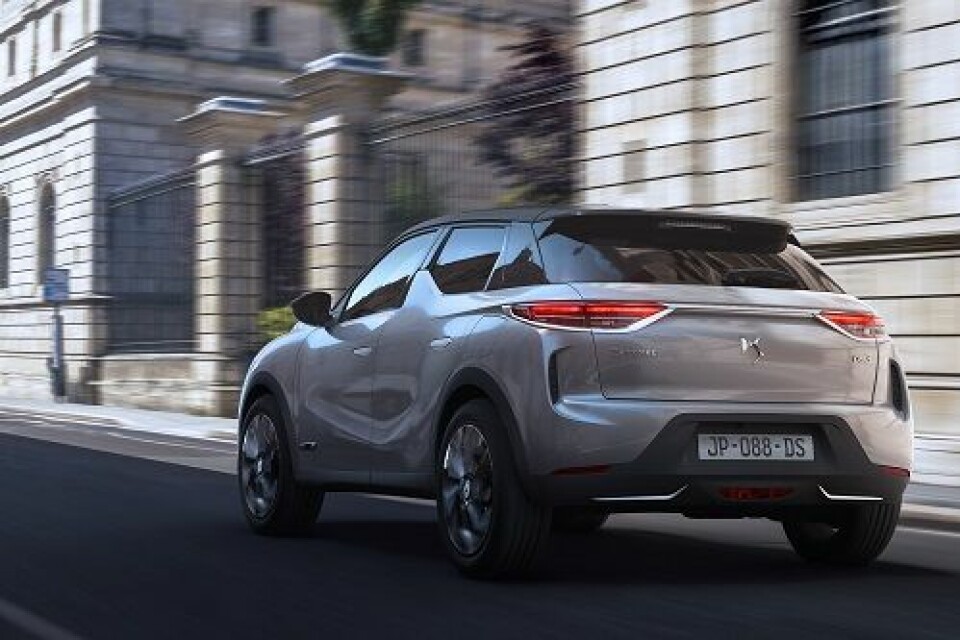
The DS 3 Crossback is the first product from the PSA stable to be built on CMP (Compact Modular Platform), a new and smaller cousin of the EMP2 modular construction set shared by mid-sized Citroen, Opel, Peugeot and DS models.
“We had a fantastic opportunity with this car,” says DS design director Thierry Métroz. “We discussed with engineers from the very beginning of the platform, to get good proportions – to have a very compact car with the wheels in a good place.” He adds that a short rear overhang and a strong shoulder, with wheels positioned well outside the line of the glasshouse, were also key proportion goals for the car.
From a styling perspective, maintaining a shark fin motif behind the B-pillar was the only given at the outset; a key trait of the popular preceding DS 3 hatch. “I gave the design team a lot of freedom, of course, but I said, ‘Please, keep this,’” Métroz recalls. “‘You can do what you want, but I want a shark fin.’”
PEUGEOT E-LEGEND CONCEPT
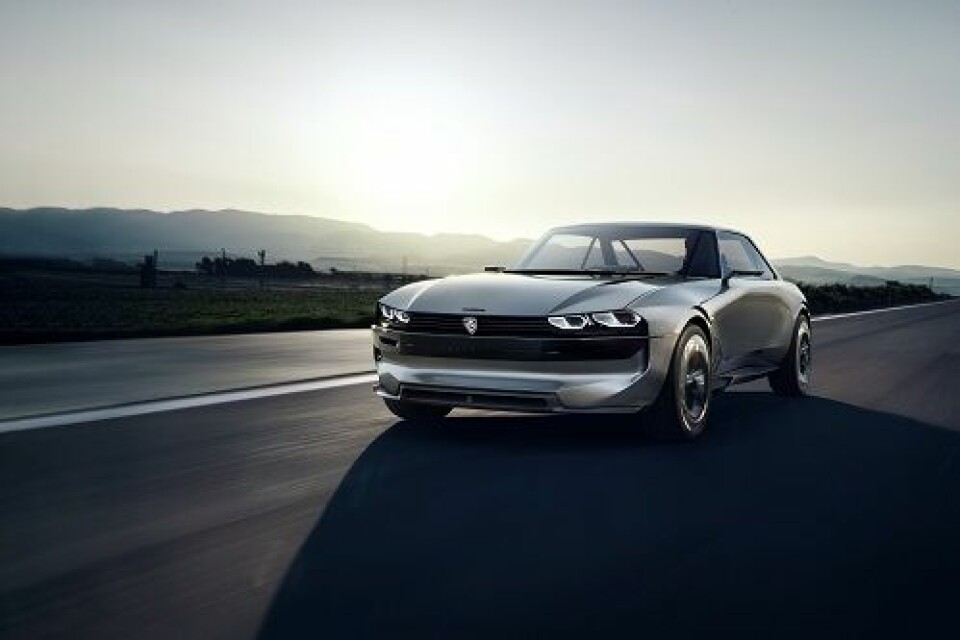
Strong on nostalgia and deftly executed, Peugeot’s e-Legend Concept was the bright star of an otherwise dim-wattage Paris motor show. It was built as an emotional reaction to more utilitarian autonomous vehicles, says Peugeot design director Gilles Vidal. “We knew we were going to work on a full-electric autonomous car,” he says. “You see lots of concept cars and prototypes that are futuristic pods – which are right, in a way – but we said the world should not be condemned to those clinical, robotic things.”
The design team did not initially have a retrospective car in mind, but the goal of placing autonomous technology in an emotional context led naturally in that direction. With 2018 marking the 50th anniversary of the Peugeot 504, the notion of an homage car based on Pininfarina’s pretty 504 Coupé quickly emerged. “It fitted nicely, by chance,” says Vidal. “We were lucky it was the anniversary, because it’s one of the most iconic cars in our history.”
Vidal calls the resulting e-Legend a neo-retro car. “It’s much lower, it has wider shoulders,” he notes. “You recognise the silhouette, the kink in the bonnet, and the back is very specific to this era. Yet if you look at the form language, the surface treatment, it has nothing from the past.”
BMW 3-SERIES
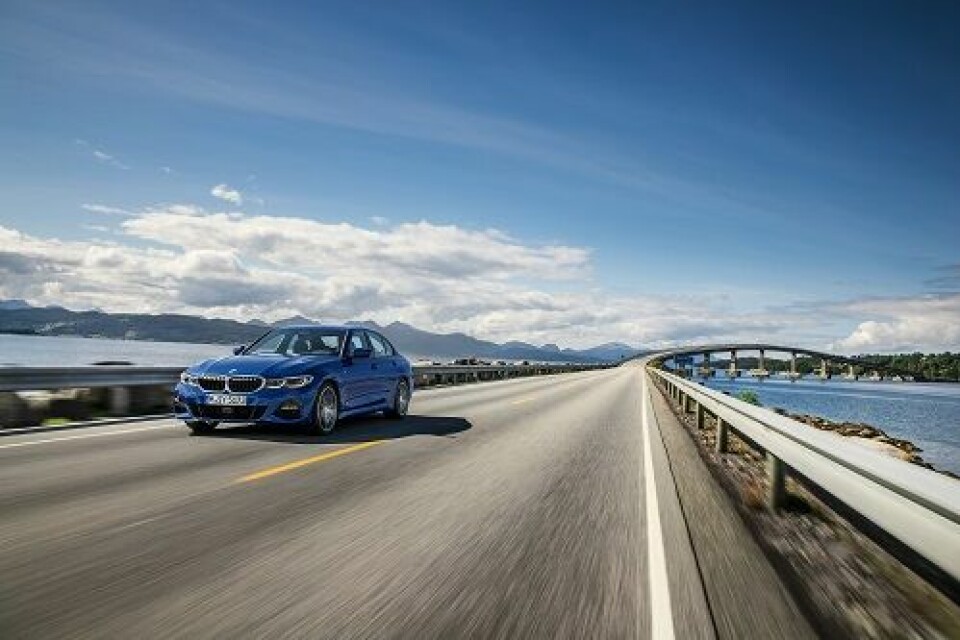
The stakes are high as BMW’s 3-Series enters its seventh generation. It has long been regarded as the quintessential sports sedan, serving as the benchmark model for the entire segment. What’s more, it provides the basis of a strong-selling family of 3- and 4-Series vehicles offering a variety of body variations.
With an upgraded engine portfolio, state of the art assistance systems and a sporty chassis, BMW hopes to fend off the competition. Challengers include the Audi A4 and Mercedes-Benz C-Class as well as the Genesis G70 and Lexus IS. Unlike other BMW models – the E65 generation 7-Series comes to mind – the 3-Series has always remained close to its roots. Changes have been long been evolutionary.
Still, the latest 3-Series, internally called G20, has significance for the entire brand. “This new model is part of a product offensive that is bigger than anything we have ever launched,” BMW chief designer Adrian van Hooydonk tells Interior Motives: “We knew this three or four years ago and the 3-Series was always the core of it.” Differentiation was part of the game, he adds: “We want to separate our cars a bit more from each other.”
BYTON M-BYTE
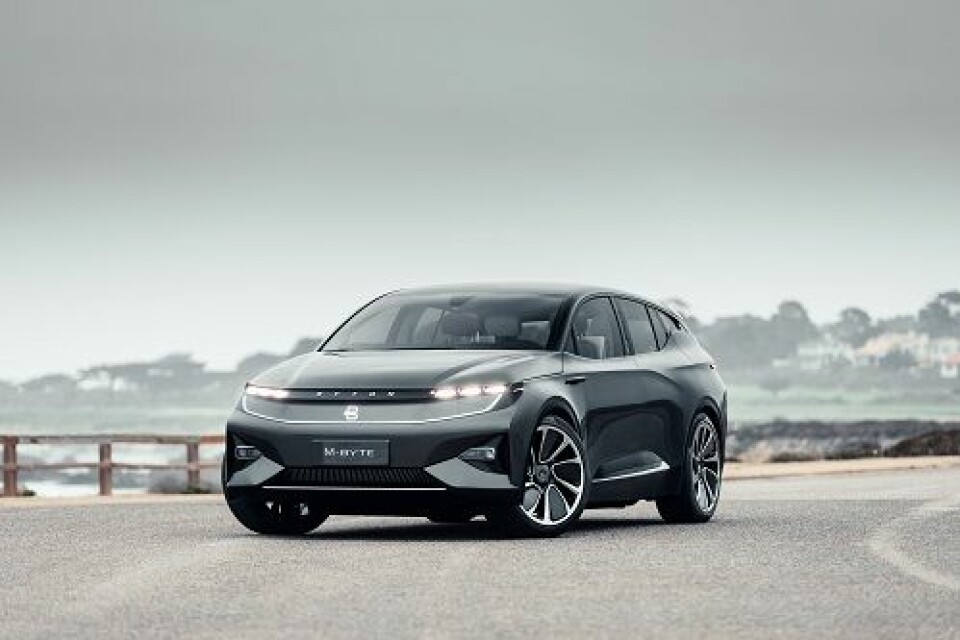
In the context of a production car, screens have become divisive. Loved and hated in equal measure, most designers can agree on one thing – interactive displays are changing the way we consider the interior. But while Tesla maximised the tablet, and as the screens fitted by traditional OEMs inch ever larger, one new brand has arrived on the scene to upend the parameters of the possible. That brand is Byton, which has given its M-Byte SUV a front screen that measures fully 49 inches across and 9.8 inches tall (or 125 by 25 centimetres).
As the concept car seen at CES evolves into next year’s production M-Byte, we travelled to the company’s Munich studio, to get the development story on the interior and to hear more about that wide-screen display.
LADA 4X4 VISION
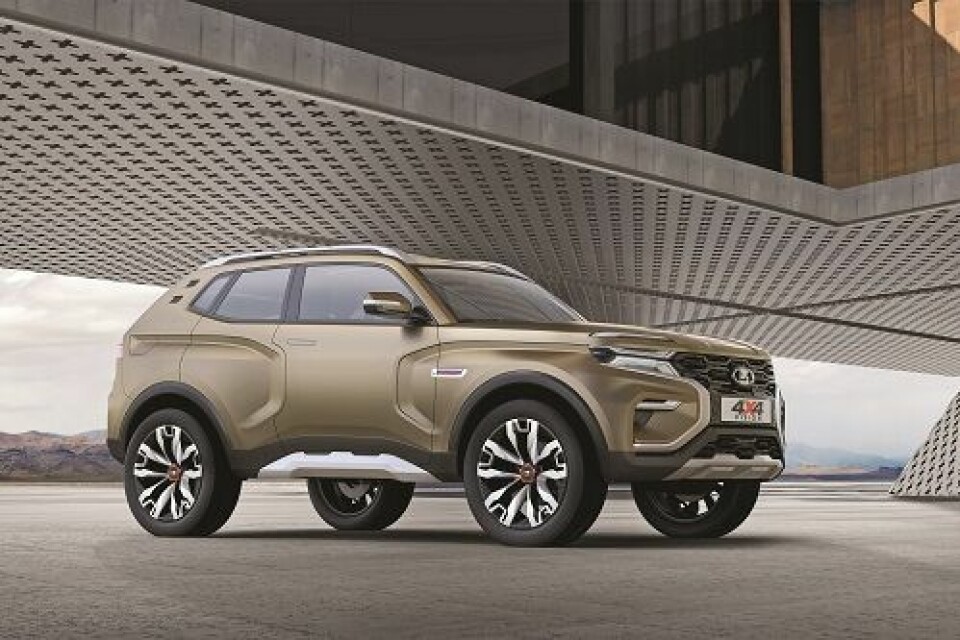
Lada’s 4x4 has become an iconic car over its unbroken, 40-year production run, observes Lada design director Steve Mattin. “It hasn’t really had any alterations,” he adds. But as the new 4x4 Vision concept demonstrates, the old workhorse may soon have a successor.
Mattin has led a comprehensive strategy to create and develop a modern, distinct Lada design language since joining the Russian carmaker in 2011. Starting in 2012, the company has presented between one and three concept cars at each Moscow motor show, held every other summer in the Russian capital. “Most have ended up going into production or heavily influencing production cars,” he notes. “We have a very strong DNA, we have a consistency in the strategy, and now we have a certain stability in everything we’re doing. It’s time to work with our icon.”
The 4x4 Vision gives a strong insight into Lada’s potential going forward, and also shows how it sees the off-road segment developing. “Of course, 40 years on, the market changes, customers change, the use of a 4x4 changes,” says Mattin. “From a design perspective, we’re trying to take a wider viewpoint into the possibilities in this segment, and what we could do with the brand.”
OPEL GT X EXPERIMENTAL
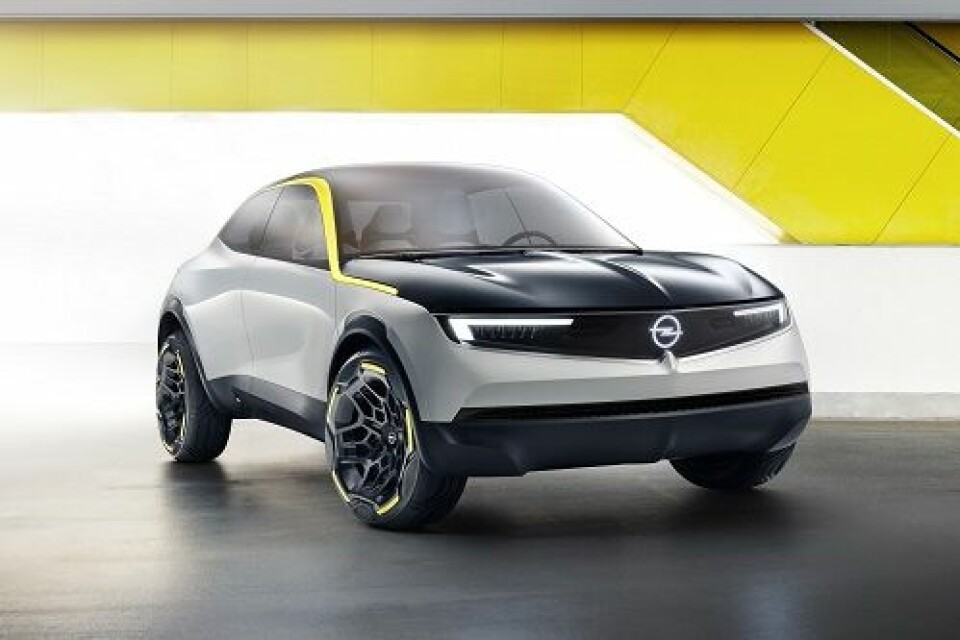
In March 2017, General Motors agreed to sell Opel to PSA, in an acquisition completed at the start of August. The sale drew a sharp line between Opel’s past and its future, and also between the company’s previous concept cars and the latest example, the GT X Experimental.
As a result, what began as a development project to extend the form language of the GT Concept, one of the stars of the 2016 Geneva show, became much more significant. The GT X Experimental emerged as the first concrete illustration of what Opel should embody at PSA, alongside Peugeot, Citroën and DS.
“This is not just a concept car, it’s a brand manifesto,” summarises Pierre-Olivier Garcia, the designer responsible for advanced design vision and brand strategy at Opel. “It’s a true embodiment of where we want to go.”
AUTONOMY FOCUS
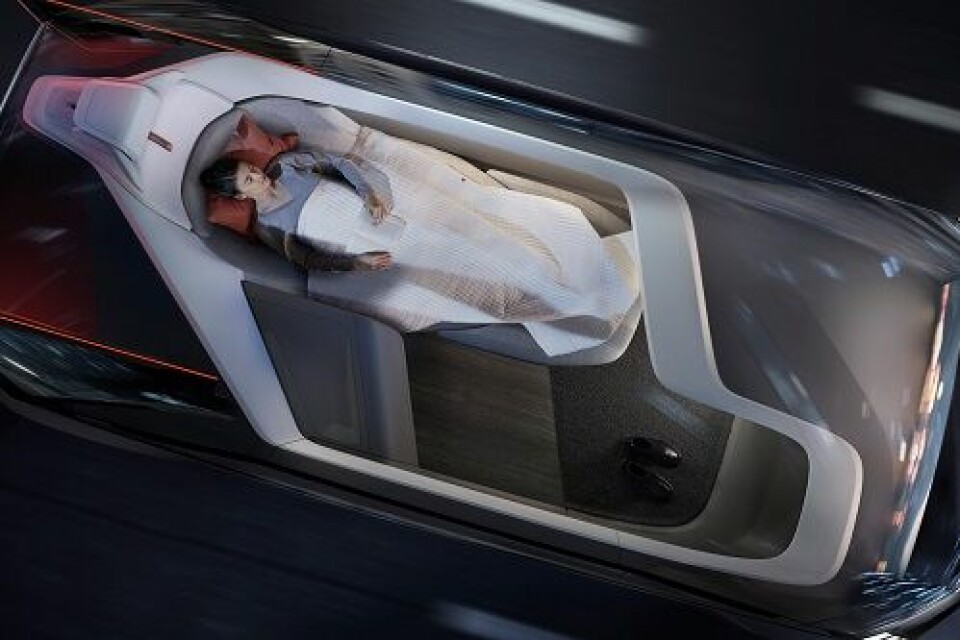
Car makers are still grappling with the business and technical implications of autonomous driving technology. But the looming prospect of fully self-driving vehicles has unleashed a new wave of creativity, as designers begin to rethink the most fundamental notions of what a car is and does.




